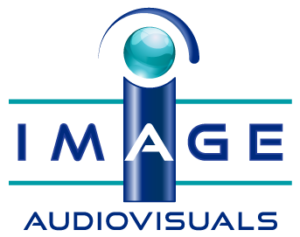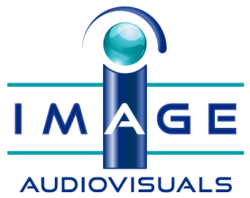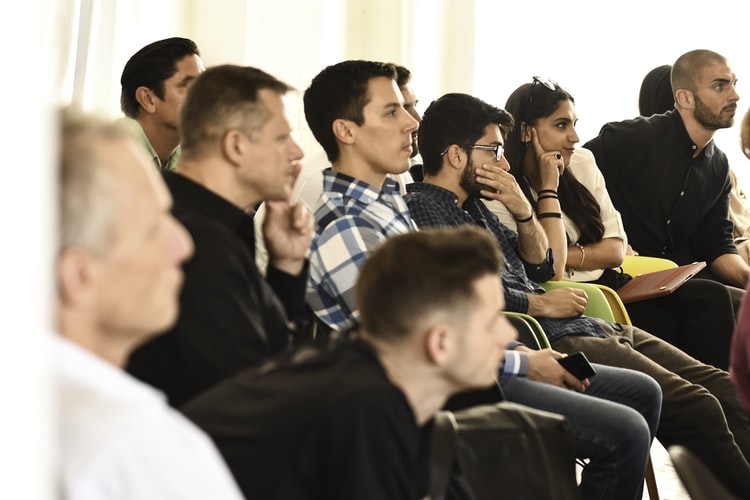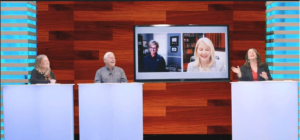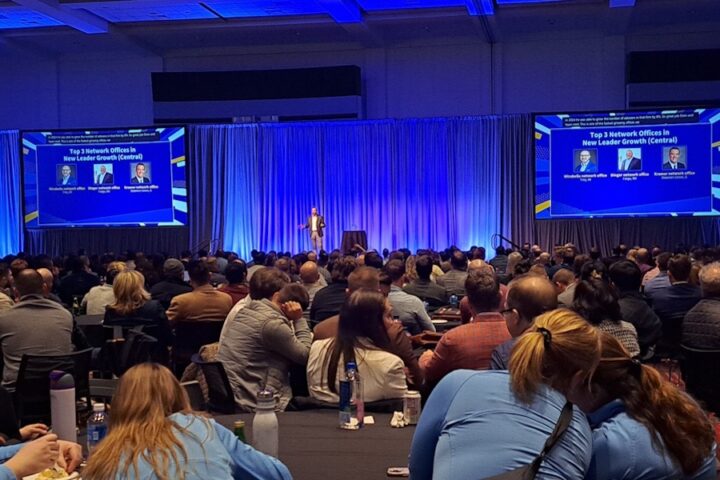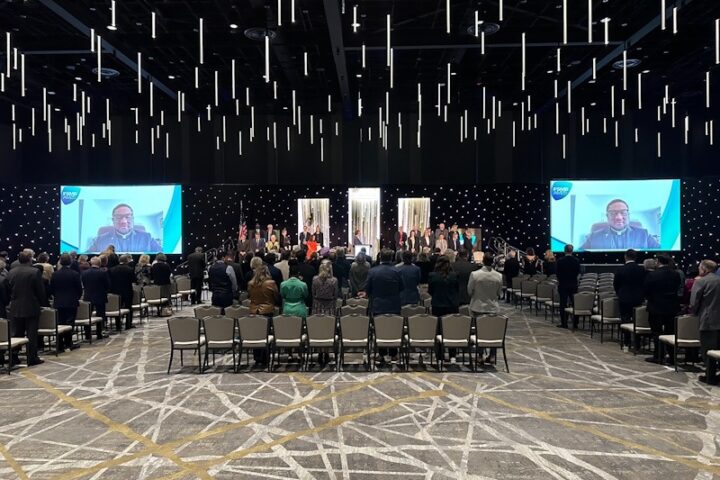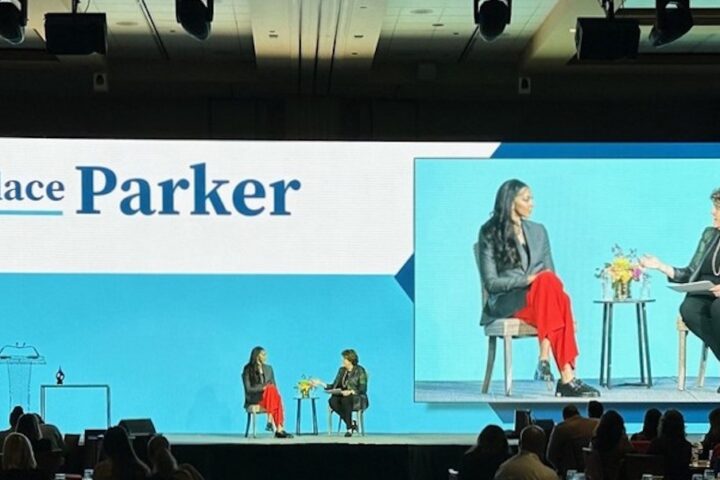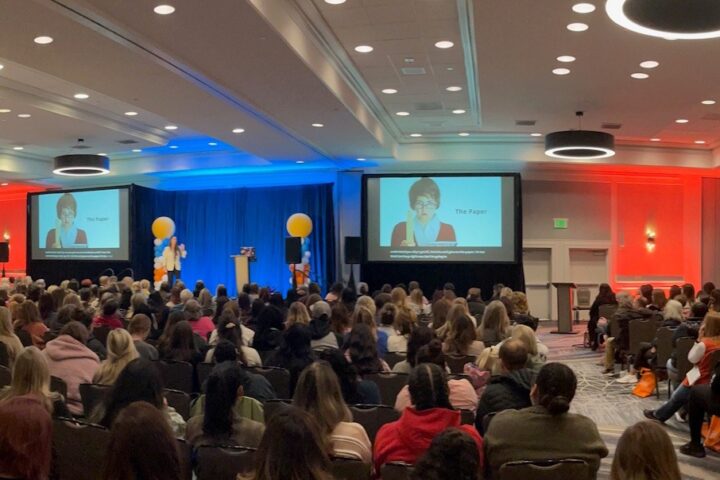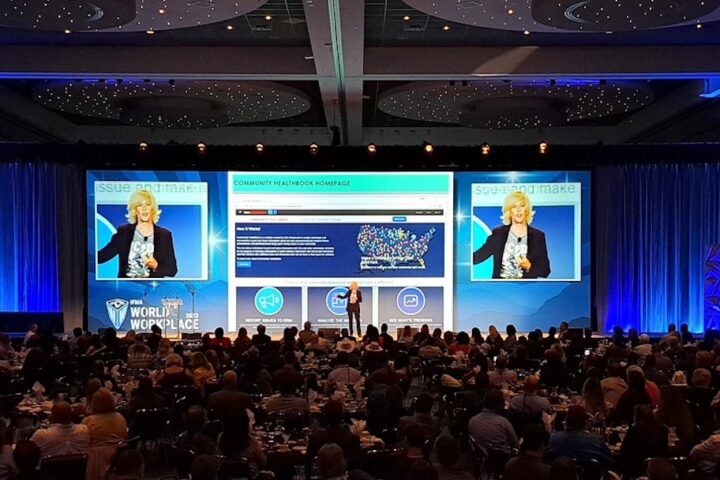We gathered some of the top AV experts across the industry to participate in a corporate event planning webinar hosted by MeetingsNet. Our panel discussion focused on how we’re planning differently and better after what we experienced during the pandemic. But these tips apply regardless of the pandemic.
With over 1,000 live viewers, we gave our best advice for meeting planners today. We wanted to recap some of these takeaways and share the webinar with you.
Corporate Event Planning Panelists
The panelists included:
- Simon Melser | Vice President, Business Development, Image Audiovisuals
- Allison Kinsley, CMM, CMP, CED | Chief Meeting Architect, Kinsley Meetings
- Brenda Rivers, JD, HMCC, CIS | President, SAFE LLC Event Risk Management
- Jennifer Haisten, CMP | Vice President, GlobauxSource
- Carolyn Strauss, CSP | Professional Emcee and Explainer in Chief
P.S. We Used Green Screen Technology!
The corporate event planning webinar was filmed exclusively on our green screen! We couldn’t miss an opportunity to show off our virtual stage and what it’s capable of, and we were thrilled with the result.
With two remote participants and three on set, we wanted to design a stage layout that was inclusive and intuitive. Our Engineers switched between the presentation and different presenter shots, creating a compelling session. Take a look!
1. Find a Single-Source AV Production Partner
In these days of ever-changing meetings, finding a single-source production provider is more important than ever. Your AV partner should be able to handle fully live, fully virtual, and everything in between. Whether you're taking advantage of the opportunities that hybrid events offer, or making sure your contingency plans are in place, you should be planning for multiple event formats at once.
This means finding a corporate event planning partner that has the av services and technology tools to natively handle any meeting format required without the need to alter the production process. At Image AV, we refer to this process as parallel production planning.
It means that we work with our clients to set a plan for the strategy, technology, and execution for every part of the event. The end result is a process that ultimately saves clients time, money, and most importantly stress as they try to anticipate the unknown.
2. Hire an Emcee to Elevate Production
There are plenty of benefits to having a professional emcee, regardless of your meeting format. "A professional emcee is certainly part of the production value of a meeting," says Allison, "you want your leadership to be well represented. A professional emcee is certainly a good way to make everybody shine."
A good emcee also sets the audience up to know what’s coming next, and prepares the speakers to present well. This leads to higher engagement rates for all audience types.
In today’s hybrid world, it’s important to know there’s differences in skill sets based on what you’re looking for. Some that do great on stage, may not translate as great over camera, and vice versa. Be sure you’re clear about the role you’d like the emcee to play, and what audience they’ll be interacting with the most. For large hybrid shows, we’ve even seen two separate emcees to focus on two distinct audiences.
3. The Audience Won’t Unlearn, So We Can’t Either
We love this point from Allison, which means we all need to embrace what we’ve learned during the pandemic and move ahead with it. This is especially relevant to event technology like virtual event platforms and giving our audience the freedom of choice where we can.
"Meetings have changed, so it's important to make our audience aware of the options we have for digital meetings," she said. Since it’s become an accepted practice, planners need to support the adoption of technology and virtual solutions.
Your audience could include sponsors, attendees, speakers, and everyone else involved as a stakeholder in a meeting.
4. Content Is More Important Than Ever
Allison shared that "how we present our content, and how we think about our content, may be the biggest distinction about what we've learned." In the early days of the pandemic, we were bombarded with new webinars, podcasts, and short virtual events. And almost all of that content was free. So how do planners overcome that and encourage attendees to participate in paid events?
Meetings need to have curated content that’s meant to spur conversation; attendees no longer want a one-way presentation. The agenda must be thoughtfully built to interact with content and each other. This happens more spontaneously at in-person meetings, like in exhibit halls or during lunch. So, it needs to be more defined in virtual settings, perhaps through small group breakouts with experienced facilitators.
5. Your Venue Should Also Be a Valued Partner
Contracting during the pandemic was difficult. There were a lot of things to account for, including previous agreements, unpredictable local regulations, and attendee sentiment. Jennifer, who specializes in contracting and negotiating, said her biggest takeaway was learning to be more collaborative with venues.
In the end, we have the same goal of bringing events back to life. So how can we work better together to move that needle forward? Jennifer is a believer in being open with the venue around things like your budget and proposed meeting formats. It can save a lot of back and forth, and signal if your venue is willing to be a partner, or if they’re holding firm to pre-COVID ways of business.
For example, if you plan on having a virtual component, be upfront with the venue and what that may mean for agreed upon in-person numbers. If you end up having attrition, what does that look like? Will the venue work with you, or are you being penalized for offering an online avenue? All good questions to ask and understand in the beginning, instead of trying to negotiate after the contract is signed.
6. Preparation is the Key to Health & Safety
Brenda shared: "when it comes to health and safety, this pandemic has been a great leveler." It rightfully had health and safety (H&S) at the forefront of planning, and we believe that H&S has a permanent place on meeting planning checklists.
It’s an unpredictable world, with potential new pandemics, economic instability, climate concerns, and international conflicts. To overcome any potential challenges, Brenda recommends adopting a H&S plan for every event.
Bring key vendors (venue, production, third-party meeting planners, etc.) together and spend some time preparing in advance how to keep attendees safe. Not only is this in the best interest of your audience, but it can protect you from potential financial loss, legal liability, and damage to your brand. Looking for a place to start? If you haven’t already, start adding H&S clauses into all your vendor contracts.
Brenda has a ton of valuable resources available on her website.
Summary of Our Corporate Event Planning Session
We ended the webinar with our Top 10 list – the most important things we want you to remember. We’ve included it here for easy reference:
- Before you do ANYTHING, get clarity on what your attendees need to see, have, do, feel and be during & after your event. Plan for that!
- Use on demand recordings to lower production costs and add new revenue streams.
- Follow a health & safety mitigation process.
- Revisit inherited contracts.
- Embrace all you’ve learned. It’s a new foundation for where we’ll go in the future.
- Use crisis scenario role playing.
- Collaborate early and often.
- Your audience expectations have changed, so you'll want to change with them to keep your meetings relevant.
- Make sure your audio visual partner can flex seamlessly for all meeting formats.
- Be sure to partner with a professional emcee who can make your event seamless and engaging.
